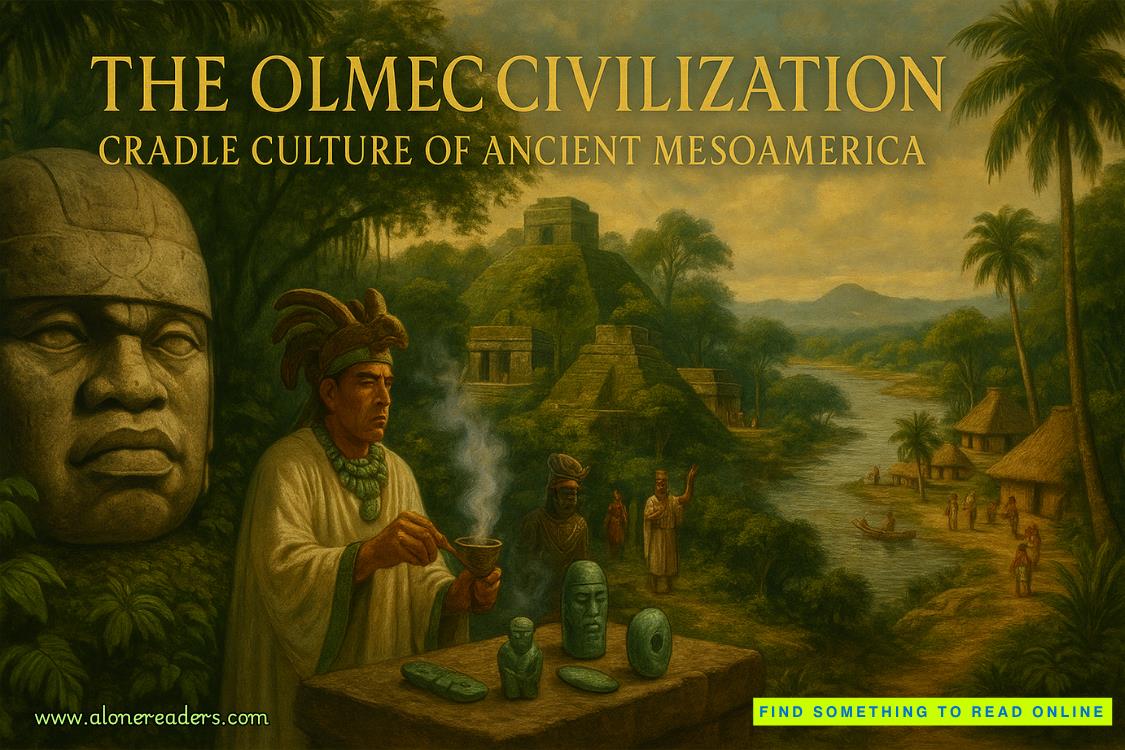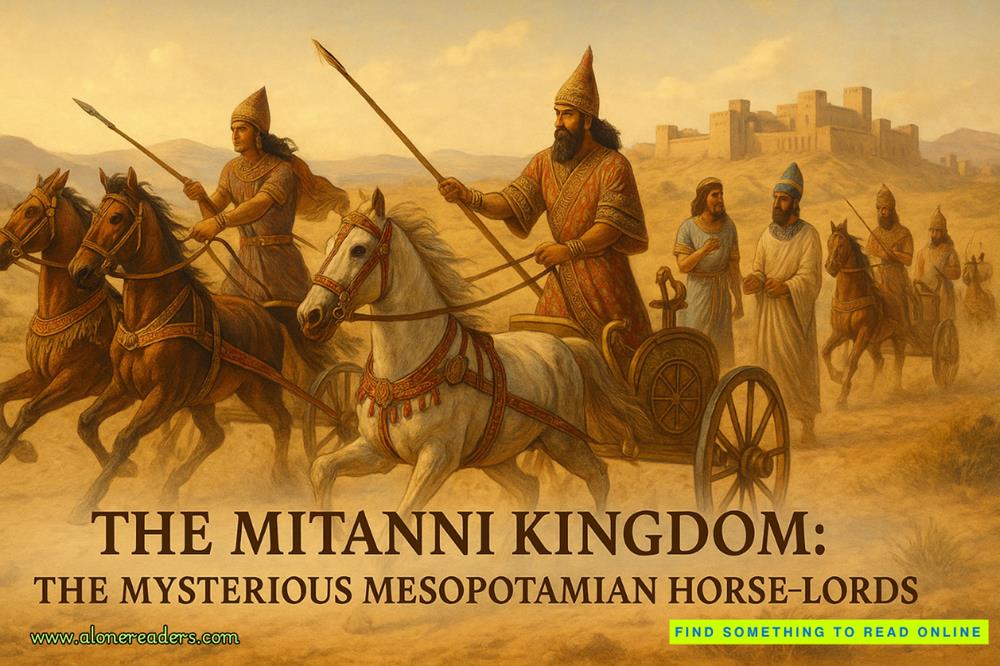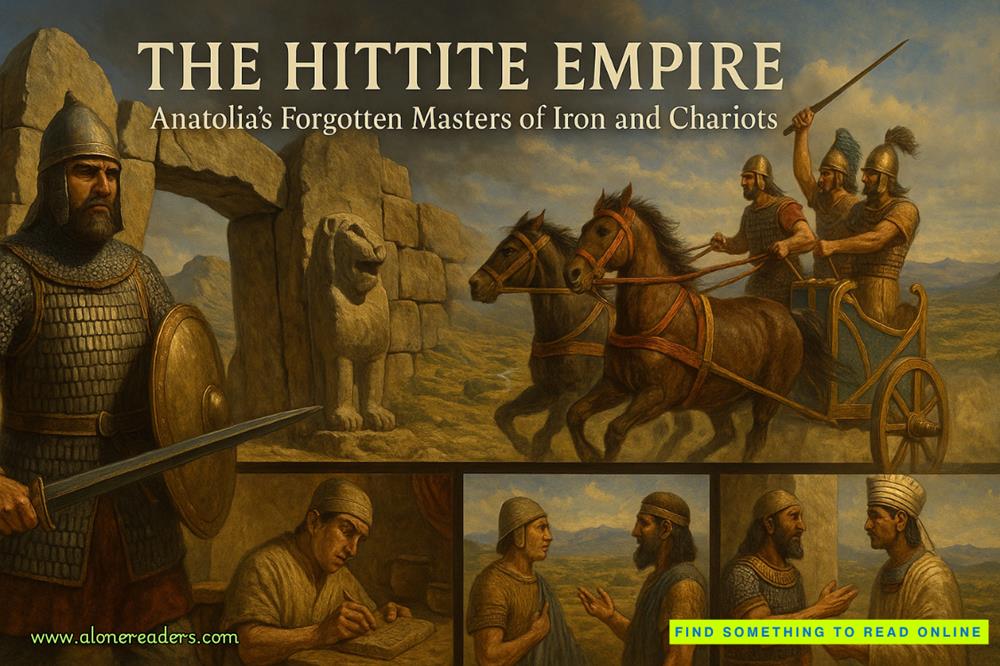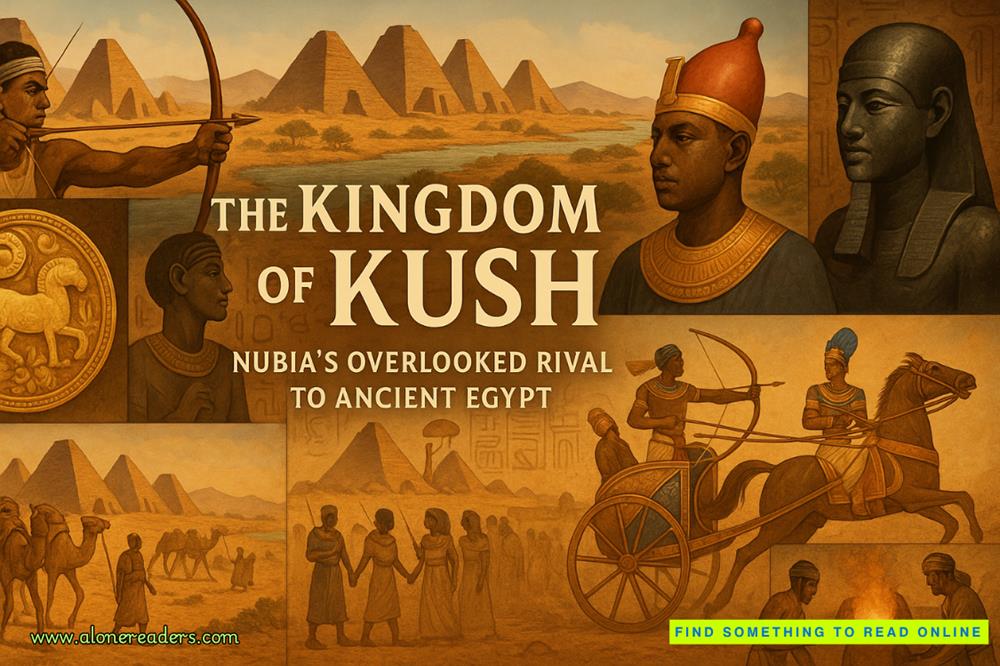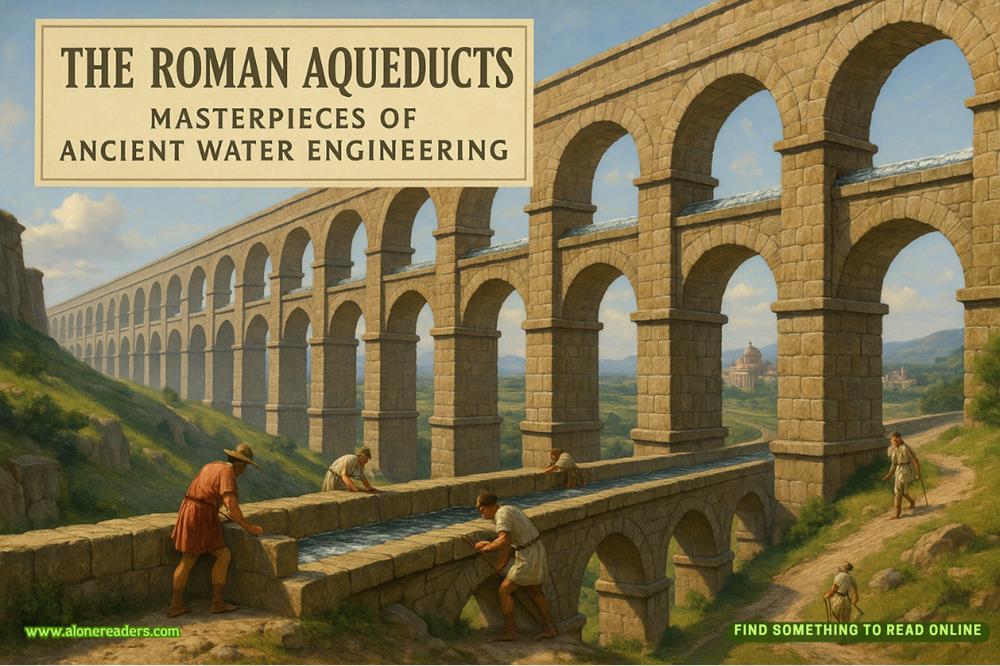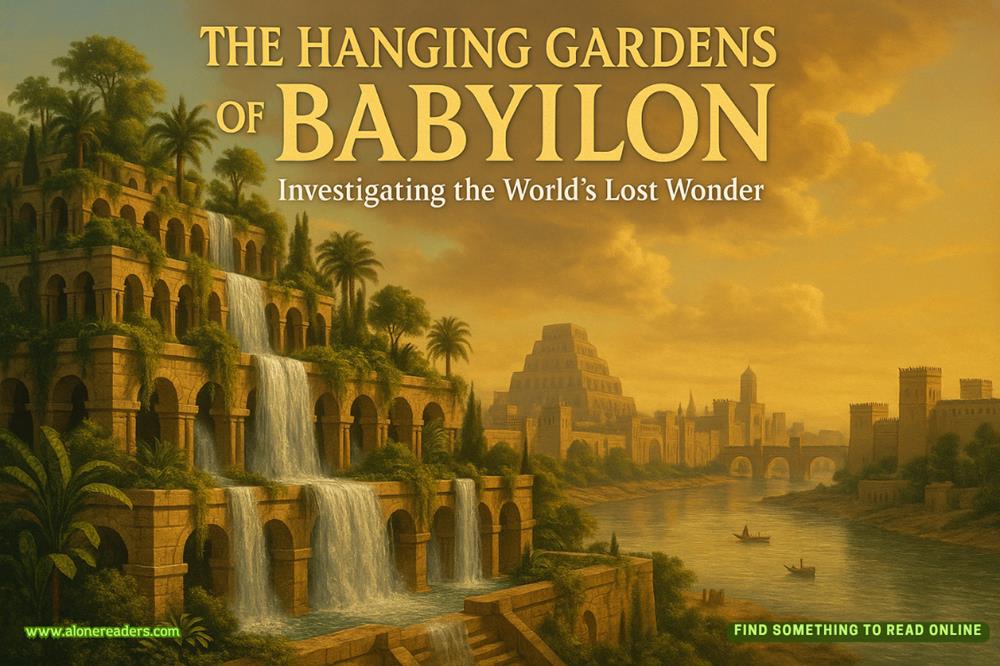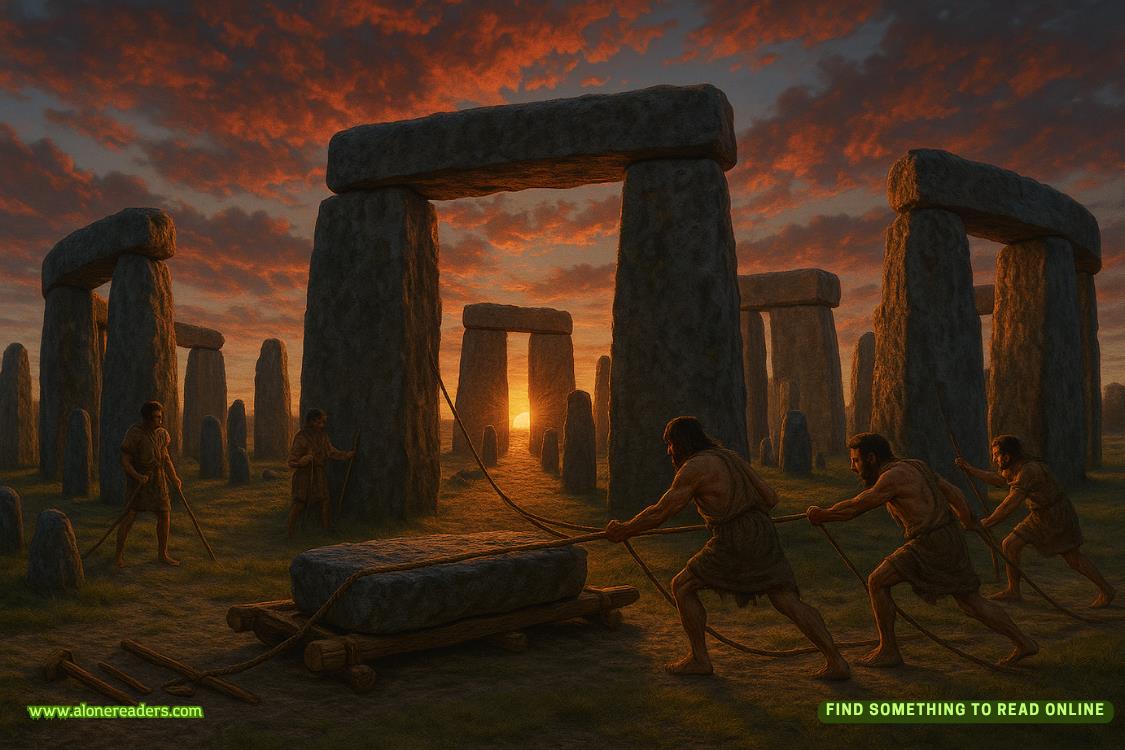Page 17 of When Wildflowers Bloom
He laughs, blowing the dust off an empty mason jar and pouring himself his after-work glass of scotch.
“I was so excited for this one. You can see why—look how big it is. And the coloring?” He whistles in admiration. “It’s walnut. Got delivered earlier this week. When I unwrapped it”—he takes a sip of his drinkand lets out a sigh—“cracked into three pieces.” He shakes his head.
I drag my hand across the surface of it, the familiar roughness of the wood coarse beneath my clay-covered fingers. “What are you going to do with it now?”
“That’s the exciting part,” he says, looking down at the same broken piece of wood as me. “In Japan, they do something with pottery calledkintsugi.” He pauses, his way of letting me tell him if I know what he’s talking about, but I stay silent, my way of saying I don’t.
Another sip of scotch and he continues. “Kintsugi is the art of repairing broken pottery. The pieces are glued together in a special way, often with gold, that showcases the cracks and breaks instead of hiding them.”
“The broken becomes art,” I say.
“The broken becomes art,” he says.
There’s a comfortable silence as we look at it, imagining our own version of what that might look like.
“You putting this thing back together with gold, old man?” I ask with a grin.
He laughs. “Hardly! I’m thinking a deep turquoise epoxy with gold leaf mixed in for the cracks and a dark stain on the wood.”
“Not concrete?” I tease.
He shudders. “Don’t remind me.”
A couple years ago, my dad built a custom countertop, but instead of his usual epoxy to fill in the cracks,the man wanted concrete. He fought with sanding, rebar, and the sheer weight of it for months, vowing never again once it was done.
I look at the cracked slab. “It’ll be great, Dad.”
He grins, draping his arm around my shoulder as we leave the workshop and walk across the yard. “What’s new with you, Little Bird?”
I sigh, knowing there’s not enough scotch in the bottle for the long version, the true one. Instead, I go with, “I have a new client—a potter. She taught me to make a bowl today.”
He tucks his chin in surprise. “You?”
I laugh at his tone. Me doing anything creative is a shock; it’s not how my brain works.
“Yes,me. You aren’t the only one who can make things in this family. As soon as we fire it you can put it on display and tell people your seven-year-old daughter made it.”
“Tell me about it,” he says.
Then I do.
I tell him about Veda teaching me to wedge the clay.This gets the air bubbles out,she told me as I repeated a motion she compared to kneading dough. Then I formed it into a ball and pushed my thumb into the pliable, gritty center.Now pinch,she’d said. I did, placing my thumb in the center and the rest of my fingers on the outer surface. Gentle pinch, slight pull, slight rotation, repeat. Over and over until some kind of hybrid bowl-mug was sitting in my palm.
You’re a natural,she said with a smile.
It looks like a child made it!I laughed, glancing up at the woman that I couldn’t quite figure out.
Well, children make things without fear—that’s a compliment.
On my dad’s front porch in rocking chairs, country music floats through the screen door while George Strait chomps happily on a bone.
“Little Bird, your momma’s eyes are distracted tonight,” my dad says, looking at me as we rock quietly.
He always calls them that. The eyes I always think look like boring almonds too big for my face had fit hers perfectly, and it’s a compliment that I never tire of hearing.
“Hmm,” I respond, letting my head drop back in the chair.
My dad lets the silence hang gently between us until I break it.
